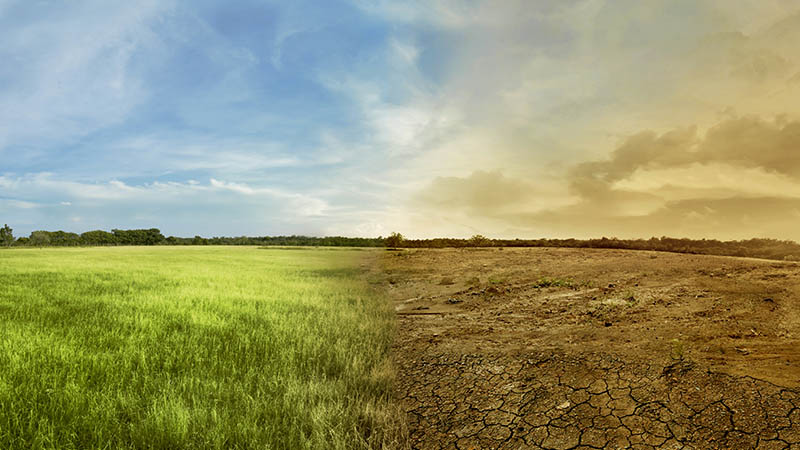Climate change a risk to renewable energy growth: ESB
Renewable energy is progressing at a “remarkable pace”, but climate change poses a risk to the security of the national market, according to the Energy Security Board.
In 2019, about 16 per cent of electricity consumed was generated by wind and solar PV. By 2030, the Energy Security Board estimates that renewables will account for 40 per cent of electricity consumption, driven by falling technology costs, government programs and consumer preferences.
“This size and pace of change [place] Australia in an international cohort that includes Ireland, California, Germany, Spain and Portugal,” the ESB wrote in its annual Health of the National Electricity Market report.
The uptake of renewables is also likely to see power prices drop, with both electricity and gas prices falling slightly against income levels and the CPI as average energy use fell in line with the uptake of rooftop solar panels.
The decline was most remarkable in Queensland and South Australia, where there is a high penetration of rooftop solar. The report also found that rooftop solar accounts for almost 5 per cent of the national energy market, and that figure is expected to increase to 10 per cent in 2030.
But climate change poses a threat to the security and reliability of Australia’s ageing energy grid, which has suffered due to the increased severity of weather events over the summer — particularly in Victoria, NSW and South Australia.
“The recent horrific bushfires emphasise the importance of electricity system resilience as extreme weather events become more frequent and intense,” the ESB wrote.
“This needs serious attention in the years ahead, as further extreme events including fire, flood and high temperatures can be expected. Mean temperatures in Australia have been steadily increasing over the last century... The particular specifications and cost of equipment able to withstand these conditions must be re-examined.”
The COAG Energy Council has asked the ESB to recommend interim measures to improve system security and reliability by March 2020.








